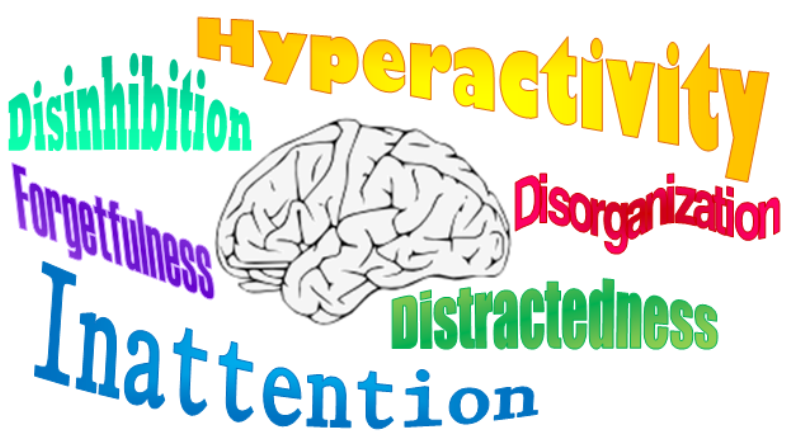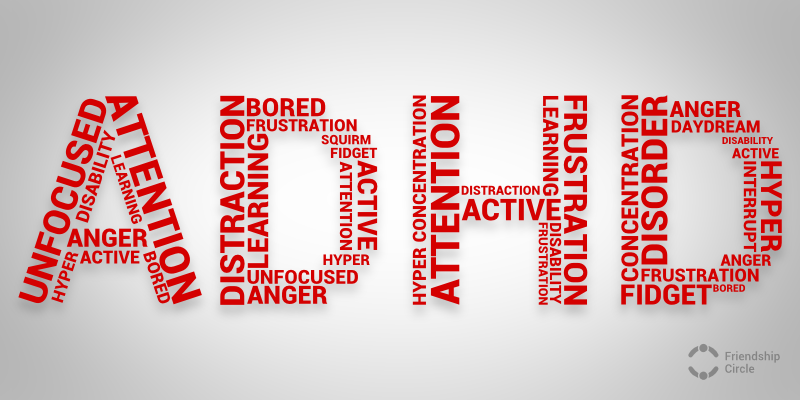While it is common to hear about psychiatric disorders such as attention deficit disorder or hyperactivity in children, its existence in adults is largely unknown. However, it is the cause of suffering and difficulties in everyday life.
Let’s take a look at this condition.
ADHD: definition
Attention deficit disorder with or without hyperactivity (ADHD) is a neurological condition that appears during childhood. In a little more than one out of two cases, it persists into adulthood. It is characterized by:
– difficulty concentrating, inattention
– agitation
– Impulsivity.
A person with ADHD will tend to be dizzy and have difficulty finishing tasks. He will struggle to get organized and put off complex or tedious activities to the next day. Emotions are often challenging to manage, with a feeling of being constantly “on edge”.
ADHD is often accompanied by instability, which manifests itself in both professional and personal activities.
There are three specific subtypes of ADHD, which can coexist and evolve from one period to another:
– the predominantly inattentive type;
– the predominantly hyperactive and impulsive type;
– the mixed type, combining the two previous tendencies, the most frequent cause.
Hyperactivity is not always present in ADHD. Some people suffering from this disorder may even appear apathetic to those around them.
Good to know: ADHD affects an estimated 4.7% of adults.
Causes of ADHD

Medical imaging techniques such as MRI have shown particularities in the functioning and anatomy of specific brain areas in people with ADHD. Levels of certain chemical messengers, including dopamine and norepinephrine, are also lower.
ADHD has a genetic component, occurring more frequently in some families than in others. A psychiatric research team has confirmed a common risk factor between ADHD, schizophrenia, and bipolar disorder: a variation in the SNAP25 gene.
It also seems that exposure to toxic products during fetal life or problems occurring at birth (oxygen deprivation, premature birth, neurological infection …) promotes its appearance.
ADHD: diagnosis
The diagnosis of the disease is often made in childhood, which allows its early management. In some cases, it is identified later, allowing adult patients to understand the source of their difficulties finally. For example, the parent may discover their disorder when it is identified in their child.
There are no specific medical tests to identify ADHD, but a thorough evaluation by a specialized health professional: psychologist, psychiatrist, and neurologist.
One of the tools used is a questionnaire, looking at both current and past behaviors, based on the person’s memories and their family, to highlight the key elements of the disorder.
The health care professional will also try to determine if the patient suffers from other disorders associated with ADHD, such as anxiety or depression, to propose a global treatment.
Treatments for ADHD
ADHD can cause people to become very distressed and withdrawn. It is not uncommon to observe the development of addictions (tobacco, alcohol, drugs…). If there is no definitive cure, it is possible to minimize the disorder’s impact on the life of patients. Different approaches are possible: psychotherapy and particularly cognitive-behavioral therapy.
A medication approach is also possible. There are two main types of medication specific to ADHD:
– the “non-stimulants”: atomoxetine, but which has however been withdrawn from the French market;
Stimulants, which increase dopamine in the brain; include methylphenidate (such as Ritalin®, whose prescriptions have increased by 24% in recent years but only work in 70% of children) amphetamine-based drugs.
The side effects of Ritalin include hallucinations, dependence, and addiction. In addition, according to a Chinese case-control study, methylphenidate is associated with a 4-fold increase in the risk of epileptic seizures within 30 days of initiation of treatment in patients with ADHD, but not beyond.
Finally, when ADHD is accompanied by mood or anxiety disorders, the doctor may prescribe a complementary treatment to the patient (e.g., venlafaxine, bupropion. etc…). One kind of advice would be to bring a child to a medical practitioner as soon as one suspects such a disorder in a child. The sooner, the better before it gets worse…


